describe what happened to the concentration of ions in the urine
The normal kidney has tremendous capability to vary the relative proportions of solutes and water in the urine. They can excrete urine with an osmolarity as low as l mOsm/L, when there is excess water in the body and ECF osmolarity low. They can likewise excrete urine with a concentration of 1200-1400 mOsm/50, when there is a deficit of water and extracellular fluid osmolarity high.
Obligatory Urine Volume (OUV):
The maximal concentrating ability of the kidney depends on how much urine book must be excreted each twenty-four hour period, to void the body of waste products of metabolism and ions that are ingested. A normal 70 kg human must excrete well-nigh 600 mOsm of solute each day.
If maximum urine concentrating ability is 1200 mOsm/L, the minimal volume of urine is OUV tin be calculated every bit:
(600 mOsm/day)/(1200 mOsm/L) = 0.v L/24-hour interval
Requirements for Excreting Concentrated Urine:
1. High ADH levels.
ii. Hyperosmotic renal medulla.
ane. Loftier ADH Levels:
When osmolarity of the body fluids increases higher up normal the posterior pituitary secretes more ADH.
This increases the permeability of the distal tubule and collecting duct to water. So, more water is reabsorbed and concentrated urine is formed.
When there is backlog water and ECF osmolarity is reduced, ADH from posterior pituitary decreases, thereby reducing permeability of distal tubule and collecting duct to water causing dilute urine.
Hyperosmotic Renal Medulla:
Hyperosmotic renal medulla is produced by counter-current mechanism and urea.
The renal medullary interstitium surrounding the collecting duct is very hyperosmotic. And then, when ADH levels are loftier, the water moves through the tubular membrane by osmosis into the renal interstitium, from there into vasa recta back into blood.
The countercurrent machinery depends on the special anatomical organization of the long loops of Henle of juxtamedullary nephrons and the vasa recta, the specialized peritubular capillaries of the renal medulla. Loop of Henle is called as countercurrent multiplier and vasa recta equally countercurrent exchanger.
The corrected osmolar action which accounts for intermolecular attraction and repulsion is near 282 mOsm/Fifty. The osmolarity of renal interstitium is nearly 1200 to 1400 mOsm/L in the tip of medulla.
The major factors that contribute to high solute concentration into the renal medulla are:
1. Agile transport of sodium ions and cotransport of potassium chloride out of the thick ascending limb of LOH into medullary interstitium.
2. Active transport of ions from the collecting ducts into the medullary interstitium.
three. Passive diffusion of large amounts of urea from inner medullary CD into the medullary interstitium.
4. Diffusion of merely small amounts of water from tubules into interstitium.
Countercurrent Multiplier Organisation in the Loop of Henle (Fig. eight.24):
Step i:
Assume the loop of Henle (LOH) is filled with fluid with a concentration of 300 mOsm/L, the same concentration every bit in proximal tubule.
Step two:
The agile send of Na+ and other ions out of thick ascending limb of LOH reduces the concentration of solute inside tubule just raising in interstitium.
Pace 3:
The tubular fluid in the descending limb of LOH and interstitium reaches osmotic equilibrium because of osmosis of water out of descending limb. The osmolarity in interstitium maintained at 400 mOsm/L.
Step 4:
Information technology is additional flow of fluid into LOH from proximal tubule which causes hyperosmotic fluid in descending limb to move into ascending limb.
Step v:
When fluid is in ascending limb, boosted ions are pumped into interstitium with water remaining behind until a 200 mOsm/L osmotic gradient is reached, with interstitium fluid osmolarity raising to 500 mOsm/50.
Step 6:
In one case again the fluid in descending limb reaches equilibrium with hyperosmotic interstitial fluid. This fluid moves from descending limb to ascending limb so more solute is pumped out of the tubules and deposited in interstitium. These steps are repeated again and again till interstitium osmolarity reaches 1200-1400 mOsm/L.
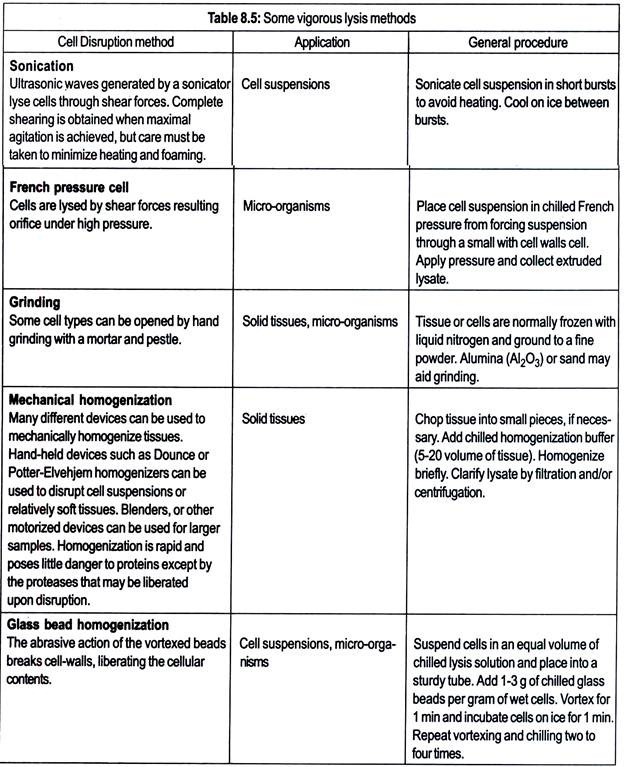
Urea Contribution to Hyperosmotic Renal Medullary Interstitium (Fig. eight.25):
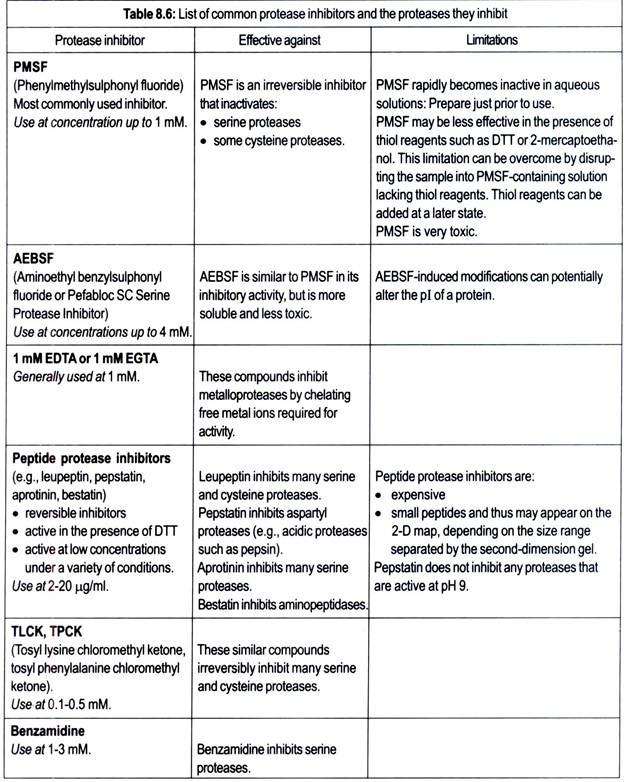
Urea contributes virtually forty% (500 mOsm/L) of osmolarity of the renal medullary interstitium. When at that place is water arrears and ADH levels in blood are high, large amounts of urea are passively released from inner medullary collecting duct into interstitium which is highly permeable to urea.
Urea can as well be re-circulated from collecting duct into interstitium. The thick ascending limb of LOH, distal tubule and cortical collecting duct are impermeable to urea. A person usually excretes 40-threescore% of filtered urea.
Excretion depends on two factors:
a. Concentration of urea in plasma.
b. GFR.
Countercurrent Commutation in the Vasa Recta Preserves Hyperosmolarity (Fig. 8.26):

The vasa recta are highly permeable to solutes in the blood, except for the plasma proteins. Plasma flowing down the descending limb of vasa recta becomes more hyperosmotic because of diffusion of solutes from interstitial fluid into claret. In the ascending limb LOH, solutes diffuse back into interstitial fluid and water diffuses back into vasa recta.
Osmolar Clearance (Cosm):
Information technology is the volume of plasma cleared of solutes each infinitesimal. It is expressed in ml/min.
Cosm = Uosm × Five/Posm
Uosm is urine osmalarity. V is urine catamenia rate. Posm is plasma osmolarity.
Free H2o Clearance (CH2O):
The rate at which solute-free h2o is excreted by the kidneys. It is expressed in ml/min.
CH2O = V – Cosm = Five – (Uosm 10 V)/Posm
It is calculated as the deviation betwixt urine menstruum rate and osmolar clearance. When CH2O is positive, backlog h2o is being excreted past kidney. When CH2o is negative backlog solutes are being removed from the claret by kidneys.
Disorders of Urine Concentrating Power:
It can be due to:
1. Inappropriate secretion of ADH as in cardinal diabetes insipidus, cause being congenital infections or caput injuries.
2. Impairment of countercurrent mechanisms.
three. Inability of DT, CD to reply to ADH. In weather like nephrogenic diabetes insipidus and in usage of various drugs like lithium and tetracyclines, fifty-fifty if ADH is produced in normal amounts, abnormality of kidneys makes them to fail to respond to ADH.
Formation of Urine—Glomerular Filtration :
The rate at which unlike subs the urine represents the sum of three renal processes:
1. Glomerular filtration.
2. Tubular reabsorption of substances from the renal tubules into the blood.
three. Tubular secretion of substances from the blood into renal tubules.
Excretion = Filtration – Reabsorption + Secretion
Urine Formation Renal Handling of Substances :
Four classes of substances:
a. Filtered, non reabsorbed (creatinine, inulin, uric acrid).
b. Filtered, partly reabsorbed (Na+, CI–, bicarbonate).
c. Filtered, totally reabsorbed (amino acids, glucose).
d. Filtered, totally secreted (organic acids and bases).
Glomerular Filtration (Fig. eight.xiii):
Information technology is the first step in urine formation.
Glomerular filtrate is produced from blood plasma. It must pass through the glomerular membrane which is relatively impermeable to proteins. So the filtrate is like to plasma in terms of concentrations of salts and of organic molecules (e.g., glucose, amino acids) except information technology is essentially protein-free and devoid of cellular elements including red blood cells.
Formation of Urine—Tubular Reabsorption and Tubular Secretion:
Introduction:
Tubular reabsorption and tubular secretion are selective and quantitatively big. It includes both passive and agile transport mechanisms. Water and solutes can be transported through all membranes themselves (transcellular route) or through the junctional spaces between the cells (paracellular route). From the cells into interstitial fluid, water and solutes are transported by ultrafiltration (bulk flow) mediated by hydrostatic and colloid osmotic forces.
Tubular Reabsorption:
1. Sodium:
Potassium ATPase, hydrogen ATPase, hydrogen-potassium ATPase and calcium ATPase are examples of main active transport. It moves solutes against an electrochemical slope. The energy is provided by the membrane bound ATPase.
In secondary active co-send of glucose and amino acids, sodium diffuses down its electrochemical gradient; the free energy released is used to drive some other substance that is glucose/amino acrid.
2. Secondary Active Counter Transport:
Sodium hydrogen counters transport. The energy liberated from the downhill of i of the substances (eastward.thousand., sodium) enables uphill of a 2d substance (hydrogen) in the opposite management.
3. Pinocytosis:
Reabsorption of proteins occurs past this procedure. In this, protein gets attached to the brush border of the luminal membrane which invaginates into the interior of the cell until information technology completely pinches off and a vesicle is formed.
Solvent Drag:
Every bit water moves across the tight junctions by osmosis, it tin can as well carry with it some of the solutes a process called solvent drag.
Transport Maximum (Tm):
Transport maximum (Tm) for substances that are actively; reabsorbed or secreted. At that place is a limit to the charge per unit at which the solute can be transported, termed every bit transport maximum. This is due to the saturation of the specific send systems involved when the tubular load of solutes exceed the capacity of the carrier proteins involved in the transport procedure.
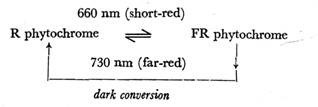
At that place is a relation between tubular load of glucose, Tm for glucose and rate of glucose loss in the urine, when tubular load is 125 mg/min, there is no loss of glucose in urine. When tubular load rises to a higher place 180 mg/min, a small amount appears in the urine that is called renal threshold for glucose. This advent of glucose occurs even before Tm is reached. The reason beingness non all nephrons have same Tm for glucose.
Splay:
The ideal curve shown in this diagram (Fig. 8.xviii) is obtained if the TmYard in all the tubules was identical. This is not the case in humans, the bodily curve is rounded and deviates from the ideal curve. This difference is called splay. The magnitude of the splay is inversely proportionate to the avidity with which the ship mechanism binds the substance information technology transports. Tm for actively secreted substances.
For case:
Creatinine: 16 mg/min
PAH: 80 mg/min
Gradient Fourth dimension Transport:
It is for passively reabsorbed substances which depend on the electrochemical gradient and the fourth dimension that the substance is in the tubule which in turn depends on the tubular flow rate.
Regulation of Tubular Reabsorption:
Nervous:
Sympathetic nervous system stimulation decreases.
a. Sodium and water excretion past constricting the renal arterioles.
b. Increase Na reabsorption in proximal tubule and thick ascending limb of LOH.
c. Increases renin and angiotensin II release.
one. Hormonal:
Hormones that regulate tubular reabsorption:
a. Aldosterone:
Site of activeness ― Collecting duct.
Effects ― Increases NaCl, HtwoO reabsorption increases Yard+ secrection.
b. Angiotensin II:
Site of action ― Proximal convoluted tubule, thick ascending limb of loop of Henle.
Effects ― Increases Nacl, HtwoO reabsorption and H+ secrection
c. ADH:
Site of activeness ― Distal tubule/Collecting duct
Effects ― Increases HtwoO reabsorption
d. ANP:
Site of action ― Distal tubule/Collecting duct
Effects ― Increases NaCl reabsorption
east. Parathormone:
Site of activity ― Proximal tubule, thick ascending limb, distal tubule
Effects ― Subtract POiv – reabsorption in proximal tubule
Increases Ca++ release in loop of Henle
Increases Mg+ reabsorption in loop of Henle
ii. Local Command:
a. Glomerulotubular remainder: Increased GFR increases the tubular load thereby increasing tubular reabsorption.
b. Peritubular capillary and renal interstitial forces. Reabsorption = Kf × Net reabsorption force (NRF).
The NRF represents the sum of hydrostatic and colloid osmotic forces which favor or oppose reabsorption across peritubular capillaries.
These forces are (Fig. 8.xix):
a. Peritubular hydrostatic (Pc) pressures oppose RA = xiii mm Hg.
b. Renal interstitial hydrostatic (Pif) favoring RA = 6 mm Hg.
c. Colloid osmotic pressure in peritubular capillaries favors RA (C) = 32 mm Hg.
d. Colloid osmotic pressure in renal interstitium opposes RA (if) = 15 mm Hg.
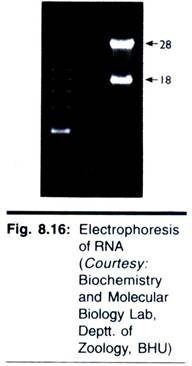
Proximal Convoluted Tubules:
i. Reabsorbs 65% of glomerular filtrate by active transport.
ii. Reabsorbs Na+, CP, HCOthree, K+, Ca+, H2O, glucose, amino acids, vitamins, uric acid and phosphates. Pars recta secretes substances similar creatinine, phenolphthalein dyes, PAH, acids, bases, drugs like penicillin, sulphonamides.
Loop of Henle:
Descending thin segment is highly permeable to h2o. Water moves out of nephron reducing the volume of filtrate and increasing its osmolarity.
Ascending thick segment is non permeable to water simply is permeable to solutes. 25% of filtered solutes are reabsorbed.
Distal Tubule (Fig. viii.20):
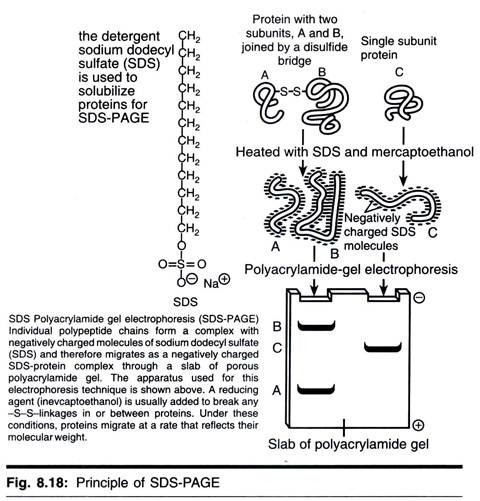
The very first portion of the distal tubule forms part of JG apparatus. The next early function is highly convoluted and has same re-absorptive characteristics as that of ascending limb of loop of Henle. Na+, Cl– H2O, HCO3, Ca+ and K+ are reabsorbed but impermeable to h2o and urea. This is also known as diluting segment because information technology dilutes the tubular fluid.
Collecting Tubule:
The second part of the distal tubule is the late distal tubule continues as cortical collecting tubule having principal cells and intercalated cells. The tubular membranes are impermeable to urea is concerned with Na+, CI– reabsorption, HCOthree secretion, HCO3 reabsorption, secretion of Thousand+ and H+ secretion. The permeability of the tubules to h2o is controlled by antidiuretic hormone (ADH) (Fig. 8.21). 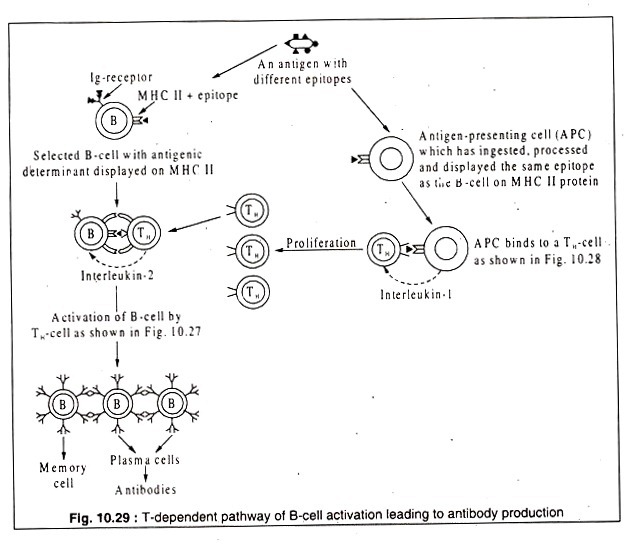
Medullary Collecting Duct:
They are the final site for processing urine. The permeability to water depends on presence of ADH. They are permeable to urea and secrete H+ confronting a big concentration slope. 15% of solutes are reabsorbed in distal tubule and collecting duct.
Sodium and Chloride Reabsorption:
Na+ is reabsorbed in Percent, thick segment of LOH and distal nephron except in thin segment.
Mechanisms:
In Percentage: 65-70%
Unidirectional Na Transport:
Motion of Na+ confronting concentration gradient-glucose, amino acids and phosphate are transported with it.
Na+ — H+ exchange (antiport)
In thick ascending limb-25%:
ane Na+— 1 K+ — 2 CI– symporter.
Distal Nephron-ten%:
Unidirectional Na+ transport simply nether the influence of aldosterone.
Glucose and Amino Acrid Reabsorption:
i. Reabsorbed in Percentage.
ii. Na+ cotransport mechanism.
Sodium dependent glucose transporter (SGLT) on luminal (apical) membrane and glucose transporter on the basolateral membrane (Glut).
Water Reabsoption:
i. Percentage:
65 to 70%
Passive transport by osmosis (couples to Na reabsorption).
Solvent drag through paracellular route—water takes Na+, CI–, K+, Ca+, Mg+ along with it. As the substances are absorbed proportionally, the fluid remains isotonic at the terminate of PCT. This passive reabsorption of h2o is called obligatory blazon of reabsorption.
ii. DT and CD:
Under ADH control.
ADH introduces h2o channels called aquaporins which allows water absorption. Water is absorbed from collecting duct only in the presence of ADH. This is called facultative blazon of reabsorption.
Potassium and Reabsorption Secretion (Fig. 8.21):
In Percentage- Solvent elevate through paracellular route causes K+ reabsorption.
Minimal secretion of 1000+ occurs through the luminal membrane.
In Thick Ascending Limb:
1 Na+ — 1 K + two Cl– co-transporter causes reabsorption.
In late distal tubule and collecting duct, P cells, reabsorb Na+ and secrete 1000+. I cells reabsorb K+ and HCOthree, secretes H+ ions.
Hydrogen Ion Secretion (Figs 8.22 and 8.23):
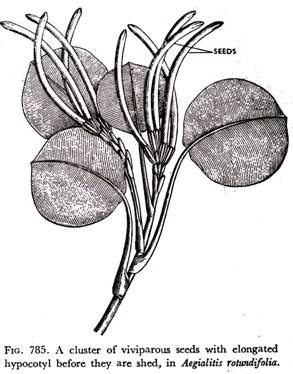
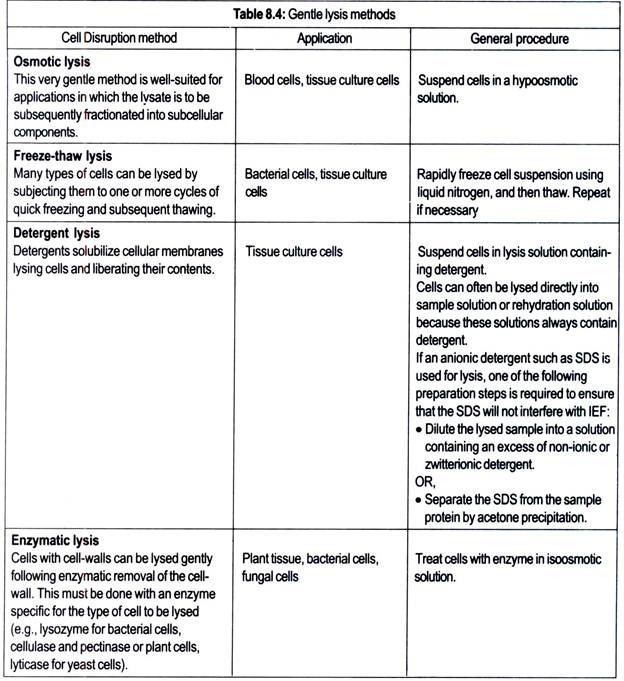
i. In PCT
ii. In DT and CD
a. Intercalated cells secrete H+ ions
b. H+ ATPase (primary active transport).
Source: https://www.biologydiscussion.com/human-physiology/human-excretory-system/urine-concentration-dilution-formation-excretory-system-biology/85264
0 Response to "describe what happened to the concentration of ions in the urine"
Postar um comentário